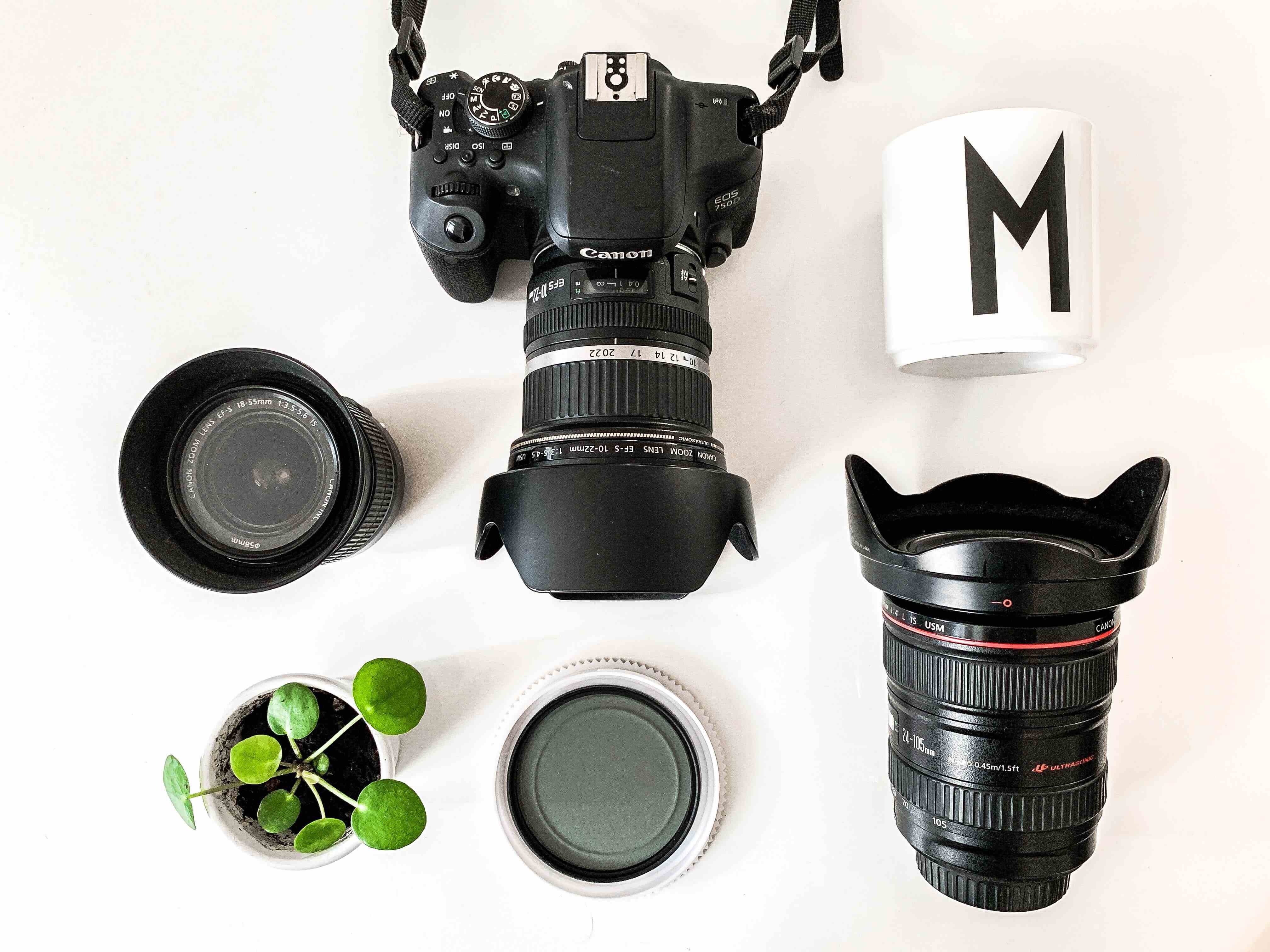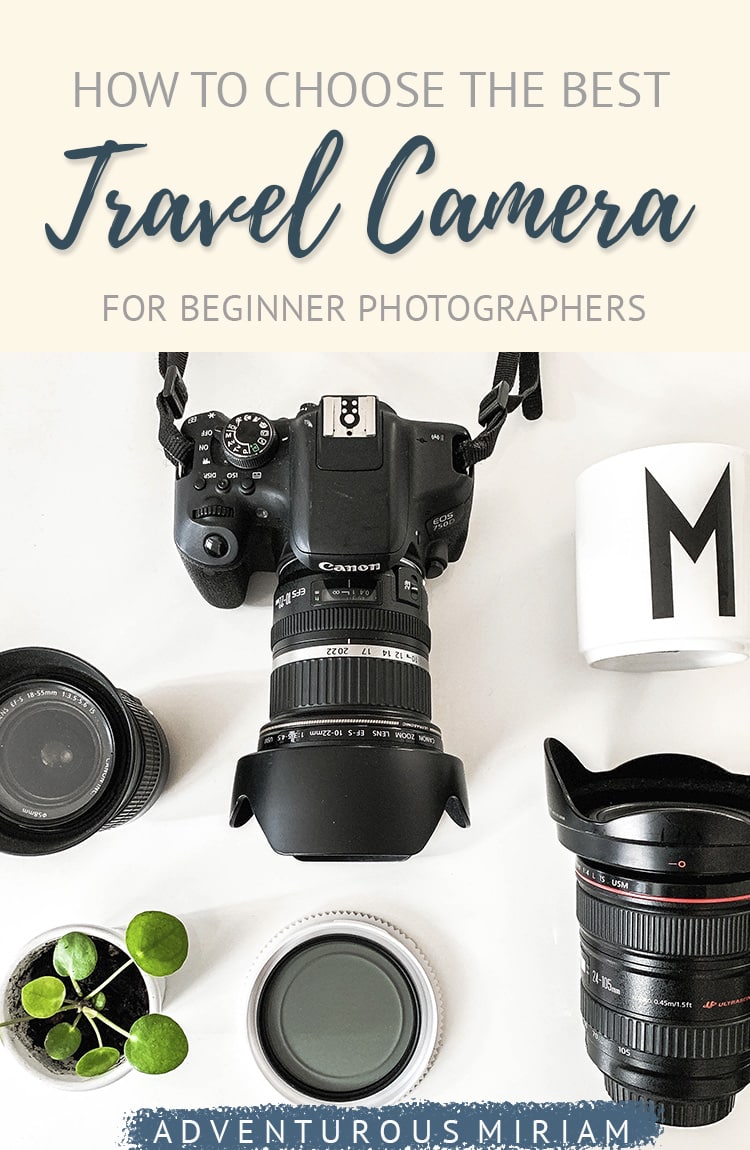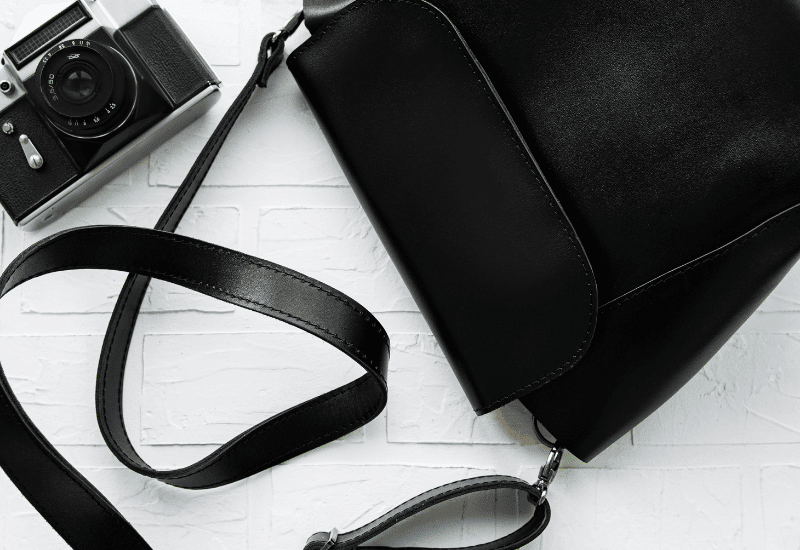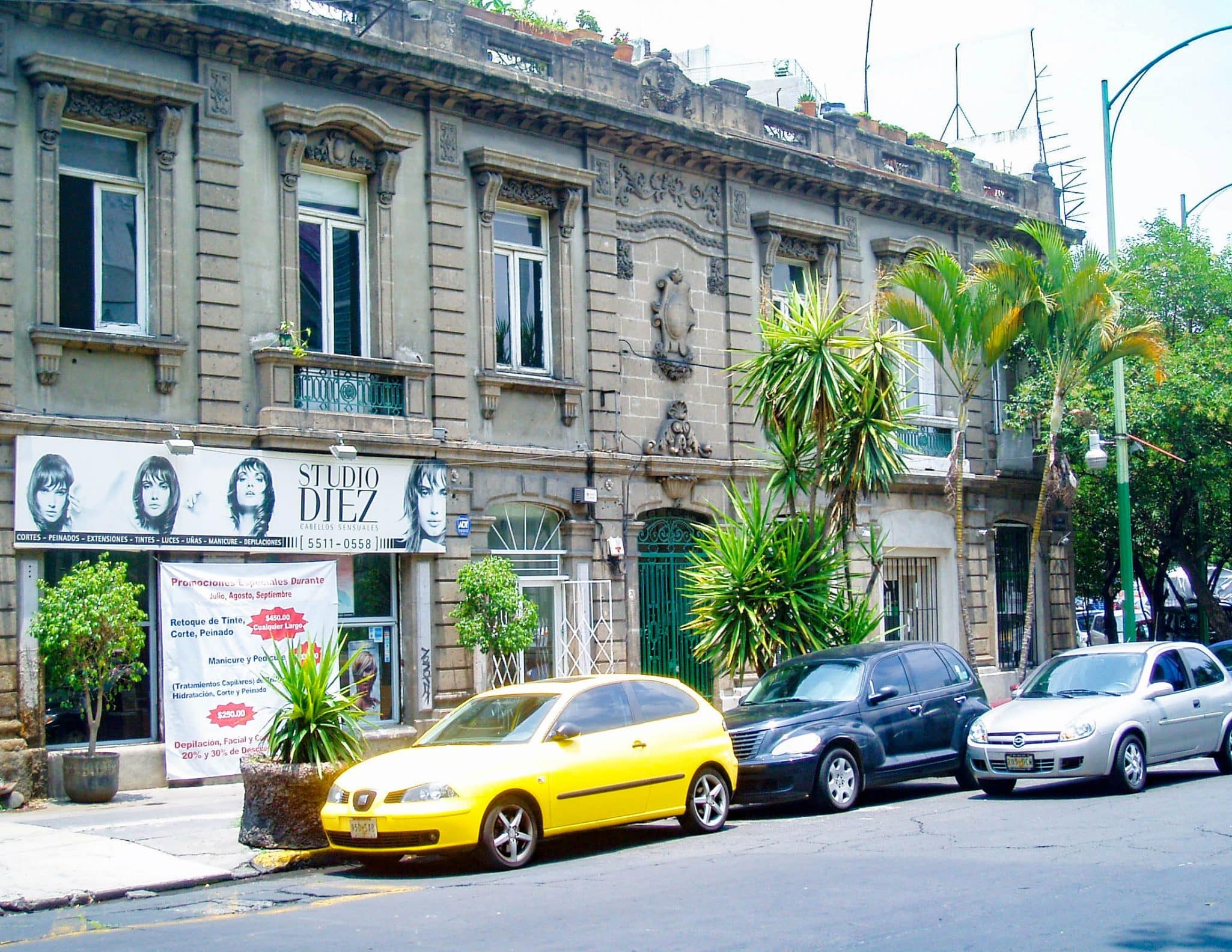The best camera for travel photography

Finding the right camera for travel photography comes with a lot of choices; it can actually be stressful. But it doesn’t have to be, though.
In this post, I’ll introduce you to some of the jargon and the details you need to know before finding the best travel camera.
We’ll look at the very best camera and lenses so that you can make an informed decision on what is the best travel camera for you. We’ll look at the budget, as well as the needs and requirements.
Read next: How to take amazing travel photos
This post contains referral links for products I love. Adventurous Miriam earns a small commission at no extra cost to you if you purchase through my links. I appreciate your support ♡ Learn more
Common camera glossary
You might know what a DSLR camera is. But do you know the difference between RAW and JPEG? If not, don’t panic.
They’re just formats for the way your camera saves the image data it captures.
While you don’t need to know everything, understanding the most common photography terms and lingo is an important first step toward improving your skills as a beginner photographer.
Below you can find some important details about a camera’s features and capabilities, as well as other details about lenses and camera types.
Aperture
This is about how much light your camera lets in. A wide aperture number (f2) lets in more light than a low aperture (f22). And the wider the aperture, the more you’ll need a tripod (otherwise, the image will get blurry).
Shutter speed
This is how quickly your camera takes a photo. Quick shutter speed means sharp photos. Slow shutter speed creates effects like motion blur, which you’ll also need a tripod for.
Depth of field
This is what your camera keeps in focus and leads to things like background or foreground blur.
Focal length
This is about how zoomed in your camera is. The higher the number, the narrower the focus.
F-stop
Very simply, this is an alternative term for aperture.
ISO
ISO is light sensitivity. A higher ISO means a brighter image, but it also gets more blurry.
Prime lens
These are smaller, lighter lenses that cannot zoom and provide only one fixed length. They force you to move around (which is a good thing).
RAW
This is an uncompressed photo format. It takes up a lot more space on your camera, but in return gives you the highest possible quality and the best potential to edit your images (versus shooting JPEG).
Sensor
You can think of this as the digital version of analog film.
Zoom lens
A lens that zooms! They’re bigger and heavier than prime lenses.
Lens filters
Clear discs that you can use to create manual filter effects on your photos. Like, making a waterfall look silky smooth.
Mirrorless camera
A light, compact camera with fewer lens options and no optical viewfinder (the part of the camera that you look through in order to frame your photo).
DSLR camera
A bigger, heavier camera with more options for lenses and a handy optical viewfinder.
Point & shoot camera
A simple, usually cheaper, lightweight camera with no option to change lenses.
How to find the best camera for travel photography
It’s really important to carefully consider what you need out of your camera to find a good camera for travel.
You don’t want to buy the most high-end camera if you don’t use all of its features. Likewise, you don’t want to skip on a camera with features and specs that you might need.
So, before you do anything, ask yourself these questions:
What do you plan to photograph?
This is the most important question.
What are you photographing, where, and how often? Is it really necessary to buy an expensive DSRL or can you just use your phone?
If you want the best quality photos and videos, then you’ll want a DSLR. If you’re going to be packing light, a mirrorless is your best option.
What’s your budget?
Never overspend if you don’t need to. You want to find the very best camera for travel photos that’s also comfortably within your budget. If you underspend, you can maybe afford a second lens!
How much gear are you willing to carry?
If you don’t mind the weight and size, a DSLR with a few different lenses gives you all the variety you need. If you’re packing light, a mirrorless will be everything you need it to be.
Should you get a DSLR, mirrorless, point-and-shoot camera, or use your mobile?
DSLRs are great for variety, for vlogging, and for having lots of lens options for different situations, but they’re heavy bulky, and expensive.
Mirrorless are perfect for packing light and getting high-quality photos with less effort but have fewer lens options to play with.
Point and shoot are the most beginner-friendly for photos but have less variety for settings and style. Mobile phones are great for selfies and food photos but not for low-light settings or safaris where you need to zoom in.
Read next: 25 most stylish camera bags for women
Camera bodies
Let’s find out what’s the best camera for travel photography for your needs and your budget.
There are a few different options here, divided up by what each camera is best at and what kind of photographer or videographer it’s most suited to.
Camera body
For the beginner photographer – Fujifilm X-T100
This is a retro-style Fujifilm camera of the highest quality. For its price, it’s the best mirrorless camera for travel. It’s ultra-lightweight and easy to pack. Its depth of field and SR auto mode mean that it takes some phenomenal portraits and creates dynamic photos with intense and captivating depth.
Camera body
For professional amateurs – Sony A7 III
This is an expensive mirrorless camera, but it’s the best mirrorless camera for travel. Ideal for anyone who wants the best quality photos and videos out of the box and from a light and portable mirrorless.
Camera body
For the advanced photographer – Canon EOS 5D Mark IV
This could be called the best camera for travel photography. It’s certainly the best DSLR camera for travel, but it comes with a hefty price tag.
Camera body
For the travel vlogger – Canon EOS Rebel SL2/200D
This is the best camera for travel vlogging because of its effortless auto-focus that makes filming easy, as well as its rotating screen which every vlogger needs. It films and shoots in equally crisp detail.
Camera body
For the adventure traveller – GoPro Hero 9
The ultimate adventure camera gets better and better. It might not be the best camera for travel photography, but it is the best for capturing footage during the most intense moments of extreme travel.
Camera body
For every traveller – Smartphone
Everyone has one, and everyone can use one easily. Your smartphone is always on you, it takes great photos, so why not make use of it when you’re travelling? I always supplement my camera photos with smartphone photos when it’s easier and more convenient.
Lenses
Lenses are another investment once you’ve bought your camera. Most likely, your mirrorless or DSLR will come with a kit lens which will do fine to begin. From there, your most important lens to pick up will be a wide angle lens.
Camera lenses
Everyday lens (I use Canon EF 24-105mm f/4 L IS USM Lens)
An everyday lens is exactly what it sounds like something versatile that can be adapted to every situation. Wide enough, powerful enough, and capable of filming as well as photography. The best camera for travel photography should have the best everyday lens.

Camera lenses
Wide angle lens (I use Canon EF – S 10-22mm f.3.5/4.5 USM)
A good camera for travel should have a good wide-angle lens for landscapes, cityscapes, and architecture. From sweeping vistas to beaches to safaris, the best camera for travel photos isn’t the best without a good wide-angle lens.
Camera lenses
Telephoto lens (I use Tamron 28-300mm)
You’ve got the best DSLR camera for travel but now you need a good telephoto lens that can take incredible shots of birds in flight and animals on safari. These are for getting up close and personal from afar.
Camera accessories
There are a few must-have accessories to have with your cameras. Let’s take a look at what exactly they are right now. And you’ll definitely want to have the best camera bag for travel.
Camera accessories
Memory cards
These are for storing your photos and videos. The larger the card, the more you can store! If you shoot in RAW, the images are 2-3 times larger than JPEG files, so they take up more space. You’ll definitely need an extra card for that.
Camera accessories
Spare battery
If your camera dies halfway through a day tour, you’ll kick yourself. Don’t let it happen by always having a spare battery. I always carry three.
Camera accessories
Rain cover
Waterproofing your new and expensive camera is an absolute must, so get yourself a rain cover.
Camera accessories
Tripod
For steading your shots, taking extended videos like time-lapses, and vlogging to the camera.
The best handheld option is the Gorillapod or the Vanguard aluminum travel tripod if you’d rather have a full-size tripod.
Camera accessories
Camera bag
The Ona Browery is such a stylish and beautiful vintage camera bag fit for any camera of any size, with room for lenses. I just love its design and color.
Lens filters
These can add so much flare and variety to your shots. I carry 77 mm lens filters, because that’s the size of my wide angle lens. Remember to choose the right size for your lens!
Camera filters
Hoya Circular Polarizer Filter
This filter helps reduce glare as well as sunlight reflections on water or glass (like through bus windows) and to make the light less sharp and harsh.
Camera filters
Tiffen Variable ND Filter (neutral density)
This lens filter is used to create special effects like motion blur in a waterfall or fluffy clouds.
Camera filters
Star filter
When I just started out, I used this filter a lot. But now, I prefer to adjust the camera settings for the same star effect. A star filter creates dramatic rays of light, like stars, streaking outward from a central light source. You’ll see this in a lot of professional photos, especially night photos.
iPhone accessories
If you use your smartphone for photography, you should consider some of these accessories.
iPhone accessories
Lifeproof waterproof iPhone case
For underwater shots, waterfalls, beach shots, and shots in the rain, this is a must-have accessory!
iPhone accessories
Mobile lens kit
Phones can have lenses, too, and they really do work! With these, you can turn your smartphone into a versatile filming and photography machine.
More photography posts you’ll love:
- Photography basics: How to take amazing travel photos
- The Best Mirrorless Camera for Travel
- The best, most stylish camera bags for women
- 8 Best Vlogging Cameras with Flip-Screen
Save for later








Great Post!!!Thanks for sharing such an informative article. The camera has many interesting facts about them that I never knew. My knowledge of this subject needs to expand.
Thanks, I’m glad you found it helpful.